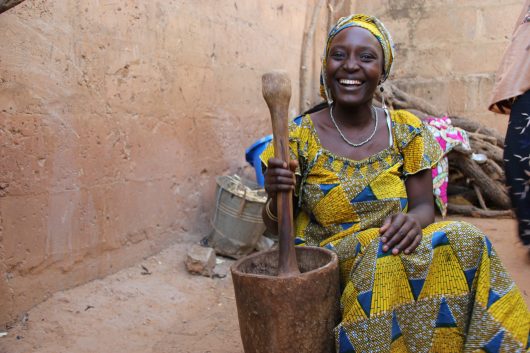Greater Access: Financial Services in Developing Countries


When talking about fighting global poverty, most people discuss solutions to problems of malnutrition, poor shelter, or dirty water. But how about greater access to financial services?
Most individuals in the developed world could never imagine living on wages of less than $10 a day. There are thousands of ways to secure an adequate daily income because of the countless economic opportunities that are supplied by developed markets.
Access to these financial services, a sparse resource in areas suffering from poverty, provides individuals with the chance to actively participate in securing a means of subsistence.
In March, the World Bank released a video interview with Douglas Pearce, the Global Lead for Financial Inclusion at the international organization. The conversation shed light on the lack of access to financial services in developing countries.
“My favorite number is two billion,” said Pearce, “Two billion is the number of adults who don’t have access to formal financial services.” This latest statistic has fueled the World Bank’s new Universal Financial Access Goal which targets 25 countries that account for 73 percent of the world’s “unbanked.”
Access to financial services in developing countries would offer more of the world’s poor the opportunity to feed themselves and increase their potential income. “Being able to tap into savings provides that level of protection, cushion, of falling back into poverty,” Pearce continued. This method of poverty relief plays an important role in sustaining an individual’s rise out of hardship.
The World Bank plans to meet the goal of more financial inclusion by ensuring that each individual helped has a bank account regardless of gender. Pearce hopes that these accounts will be “gateways to a range of credit, insurance, payment, and savings services.” These services then allow people living in poverty to afford education, a home or vehicle and equipment to start a business.
Pearce hopes that these accounts will be “gateways to a range of credit, insurance, payment, and savings services.” These services then allow people living in poverty to afford education, a home or vehicle and equipment to start a business.
There are multiple kinds of financial services that are being integrated into poverty-ridden areas:
- Microfinancing is a smaller, more intimate version of a traditional loan from a large financial institution. This type of lending is more beneficial for the poor because smaller institutions can work closely with the borrower to design a plan that works for both parties. Also, a relationship of trust between the borrower and the lender can often take the place of a good credit history which allows more people to qualify for loans.
- Access to a micro savings account allows people to safely store any additional resources as well as earn interest on money not being spent. Digital services provided by mobile technology can enhance the interaction between those in poverty and financial institutions as electronics get cheaper and internet access increases.
- Owning a micro insurance policy may not seem like a useful service for those with few assets, but its importance emerges as individuals start to rise out of poverty. People who are rising out of poverty cannot afford the sudden costs and extreme losses that come with an accident. Without an insurance policy, unexpected events endanger the pathway to a better life.
These financial services are being integrated into many developing countries across the goal. The emergence of these economic opportunities has the power to inspire entrepreneurship and income security in areas with the most poverty. As Pearce says, “financial inclusion has the potential to unlock opportunity for people.”
– Jacob Hess
Photo: Flickr
